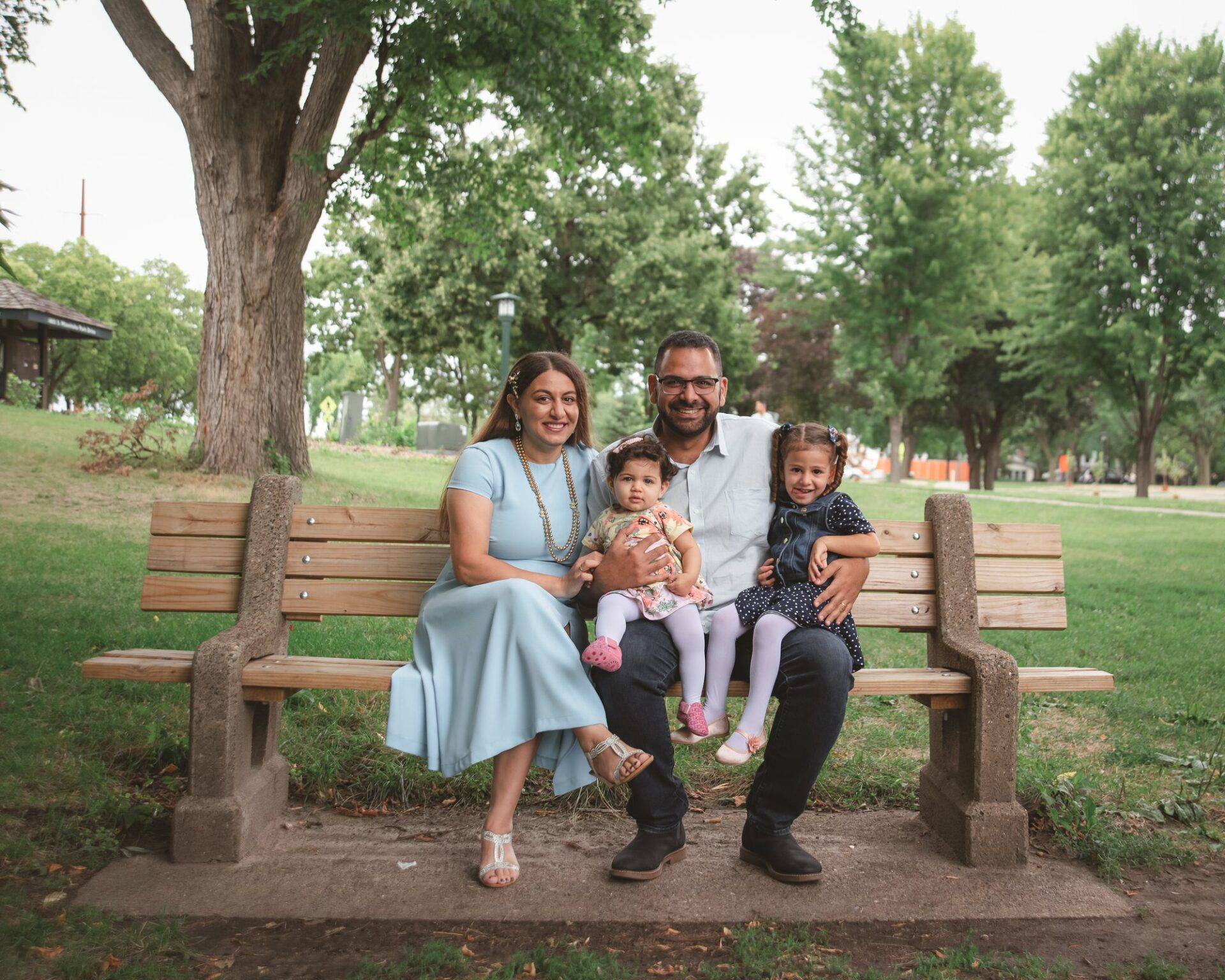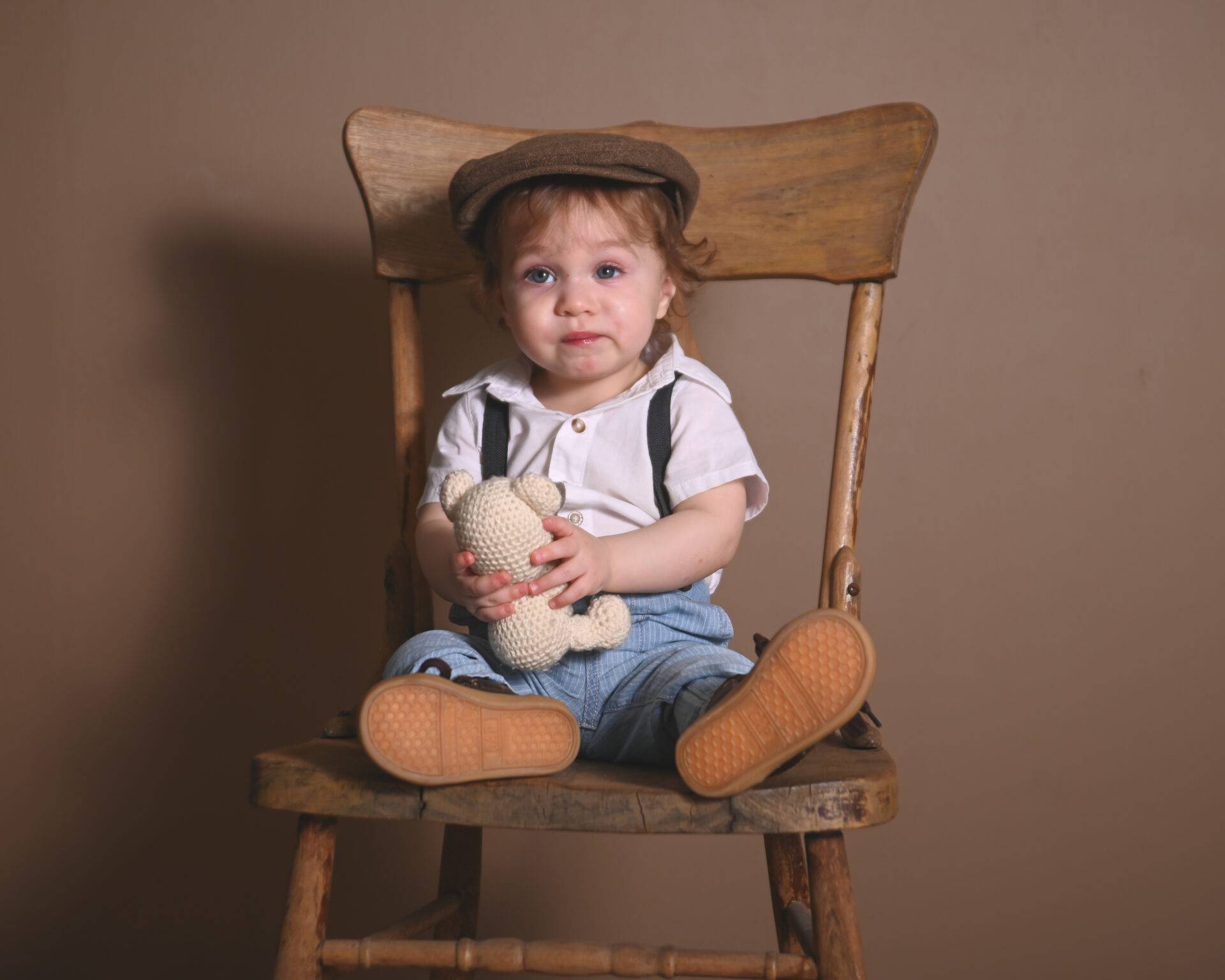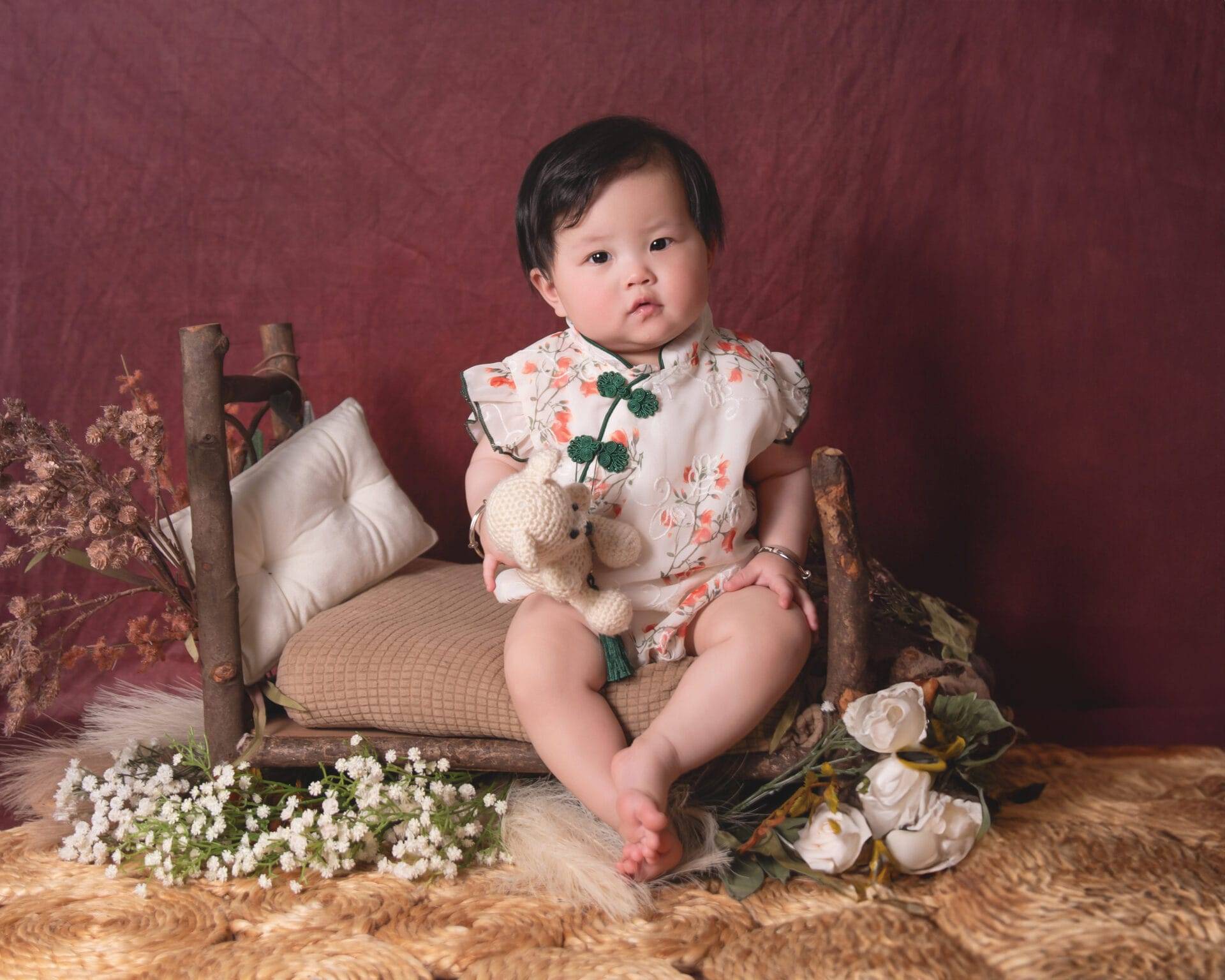Whether we use a digital or film camera, we need to be able to calculate exposure properly. But first, we need to understand how the aperture and the shutter work together. We also need to know how film handles light, and the relationship between film light sensitivity and f/stops.
Lets take a quick look at the main elements.
Aperture and f/stops: the aperture is an opening in the center of the lens through which light passes. The amount of light which passes through an aperture is indicated by f/stops. The lower the f/stop the more light that passes through the aperture. Opening up one full f/stop doubles the amount of light entering the camera. F/4 admits twice the light of f5.6.
Shutter: the shutter is a mechanical device that controls the length of time that light is allowed to act on the film. Each time you open the shutter by one, we double the light, when we close down the light by one we half the light. Opening the shutter at 1 second allows twice the light as that of a ½ second.
ISO (ASA): stands for International Standards Organisation. The initials are used for film speed which rates light sensitivity. A film with an ISO number 100 is twice as light sensitive as a film with an ISO of 50. The faster the film, the more sensitive it is to light.
Most digital SLR have ISO settings built in to them. If you are taking a low light image with a digital camera use a slow ISO rating of 200 or upwards.
Getting the perfect exposure isn’t easy, but there are several different ways of making it easier.
Using a light meter: there are two types of light meters,
1. Reflected-light meter (the same that is built into your camera) works by pointing the meter at your subject.
2. Incident-light meter: instead of pointing the meter at your subject, you stand beside the subject and point the meter at the camera. The light that falls on your subject will also fall on your meter.
The most common way is to use the meter built into your camera. All modern day cameras have a reflected-light meter built in to them. But don’t point the camera directly at your subject from 10 meters. This will more than likely underexpose your image. Take the exposure reading up-close, then return to the starting position and take your image.
It doesn’t matter which metering system we use, if we don’t point them in the right direction our images will return too dark or too bright. The key is to know where to point the meter.
When I take a landscape image I normally take five or six different readings. I take an incident-light reading with my light meter to record the foreground and a reflected-light reading of the sky.
If you are unsure take three or four images at different exposure settings. Don’t let a perfect picture moment pass by without recording it flawlessly.
Watch out for next weeks blog for a continued conversation about exposure.



